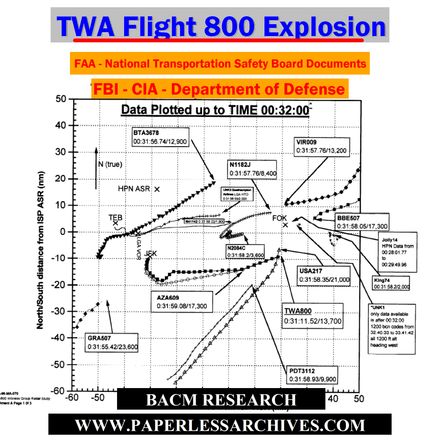$14.95
World War II: State-War-Navy-Air Force Coordinating Committee Records
World War II: State-War-Navy-Air Force Coordinating Committee Records
14,185 pages of documents from the State-War-Navy Coordinating Committee (SWNCC) and the State-Army-Navy-Air Force Coordinating Committee (SANACC), dating from 1944 to 1949, concerning World War II and its aftermath.
The files contain a text transcript of all computer recognizable text embedded into the graphic image of each page of each document, creating a searchable finding aid. Text searches can be done across all files in the collection at once.
SWNCC was founded in December 1944, to synchronize the views of the State, War, and Navy Departments in matters in which they all had a common interest, and to establish policies for their Departments on politico-military questions delegated to it. The materials include copies of the originals in typescript with period handwritten additions and corrections. The Committee was formed to "provide the executive branch with analyses and recommendations on the political and military concerns arising at the end of World War II;" these committees "produced the groundwork on which much United States postwar foreign policy was based."
The National Security Council did not exist until 1947 with the passage of the National Security Act. During World War II there was a greater need then before for cooperation between the Secretary of State, Secretary of War and the sectaries of the armed forces of the United States. During the war interagency coordination existed primarily through informal meetings, often mediated by President Roosevelt.
The "Committee of Three" was formed when the Secretary of State, Secretary of War, and Secretary of the Navy began holding weekly meetings. However, this committee had no specific mandate and no authorized powers.
When Edward Stettinius Jr. became Secretary of State on December 1, 1944, he made a proposal to War Department Secretary Henry Stimson and Navy Secretary James Forrestal that they create a joint secretariat for the planning of post war occupations and the implementation of U.S. foreign policy.
The new secretariat, State-War-Navy Coordinating Committee (SWNNC), was directed by a close advisor to President Roosevelt, Assistant Secretary of War John J. McCloy.
Among the first things addressed by SWNNC were anticipated issues that were likely to arise in executing the occupation of Europe and Japan. To help with the particulars of governing former enemy states, the SWNNC brought in government and private sector specialists to address forthcoming occupation issues.
One key issue the Committee addressed was the treatment of Japanese Emperor Shōwa, better known in the West by the English version of his personal name Hirohito. SWNNC brought in historian Hugh Borton to study the Emperor Hirohito question. Borton suggestion for the retention of Hirohito was largely accepted by Supreme Commander of the Allied Powers Douglas MacArthur.
The Committee drafted directives for the control of Germany and Austria and coordinated the views of its member agencies into policy recommendations for presentation by the United States to the world community.
From the fall of 1947 until its termination in June 1949, the Committee was named the State-Army-Navy-Air Force Coordinating Committee. In 1949 its functions were taken over by the National Security Council.
Collection includes:
State – War - Navy Coordinating Committee Meetings Documents
433 pages of minutes of meetings held by the State-War-Navy Coordinating Committee (SWNCC, "swink") from 1944 to 1947.
State - War - Navy Coordinating Committee (SWNCC) and (SANACC) Decimal Policy Files, 1944-1947, Subject Files, 1944-1949.
13,752 pages of State-War-Navy Coordinating Committee (SWNCC) and State-Army-Navy-Air Force Coordinating Committee (SANACC), records dating from 1944 to 1949. Highlights among the 190 section subject headings include:
American Prisoners of War
Atom Bombs
Biological Warfare
Death Sentence for Prisoners of War
German Prisoners of War
German War Crimes
History of SANACC and Subcommittees
Industrial Mobilization
International Red Cross
Italian Prisoners of War
Japanese Constitution
Japanese Directives
Japanese War Claims
Legal Aspects of Unconditional Surrender
Military Government for Germany
Military Prisoners for Labor
Mistreatment of POW's
Proclamations Terminating War
Rearmament of French Air Force Subcommittee
Refugees
Reinterment of Human Remains
Russian Prisoners of War
Surrender Terms for Germany
Surrender Terms for Japan
SWNCC Procedures
Weapons


















